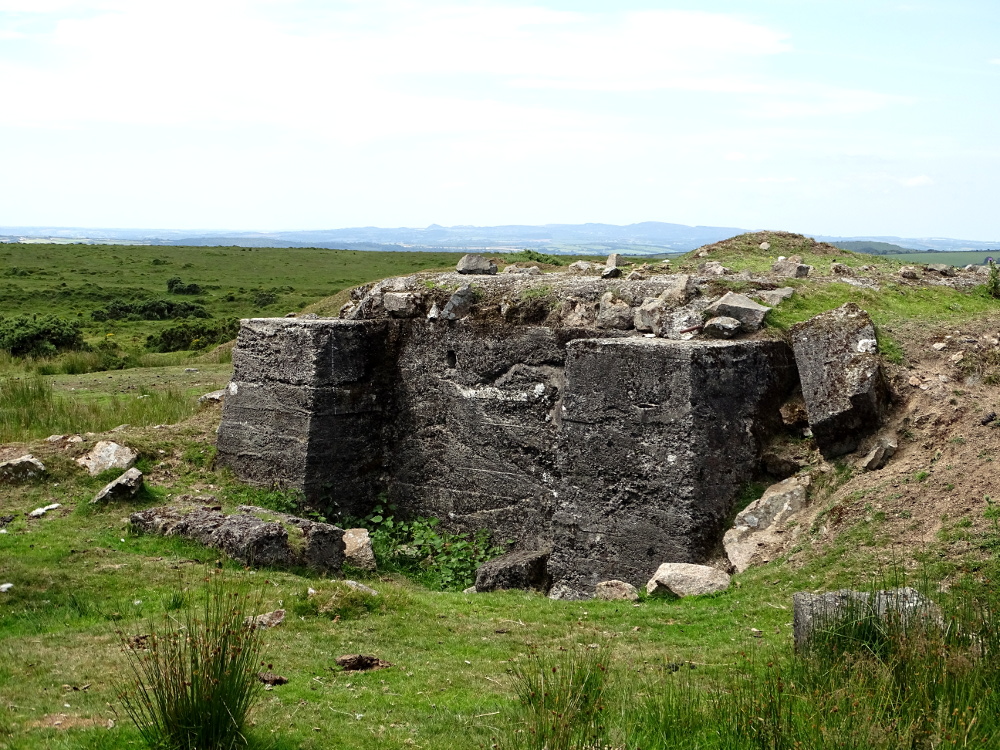Just north-west of the famous Hurler’s Stones of Minions are the scant remains of a small but unique mine.
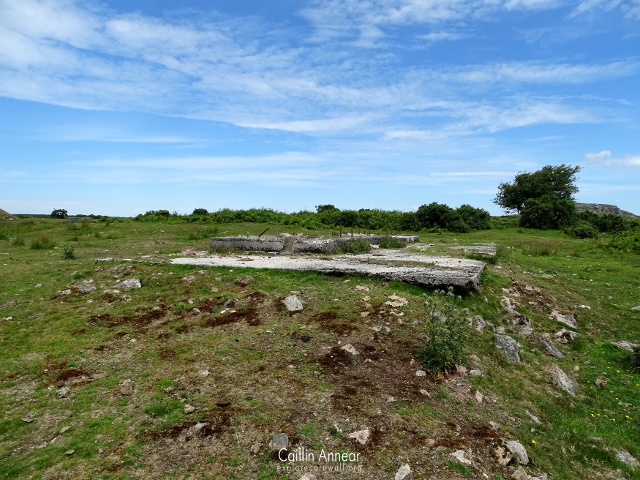
Work first started here in 1815 under a Captain Malachy, working the end of Wheal Brothers lode further to the west. In 1852 200 ounces (5.7kg) of silver to the ton were produced. Between 1910-12 the ends of Wheal Prosper and Grace Dieu lodes were worked. In 1937 Silver Valley was taken over by Liskeard Minerals Ltd who are the ones responsible for the visible remains today. This reworking was short lived, seeing a new shaft sunk but quickly abandoned.
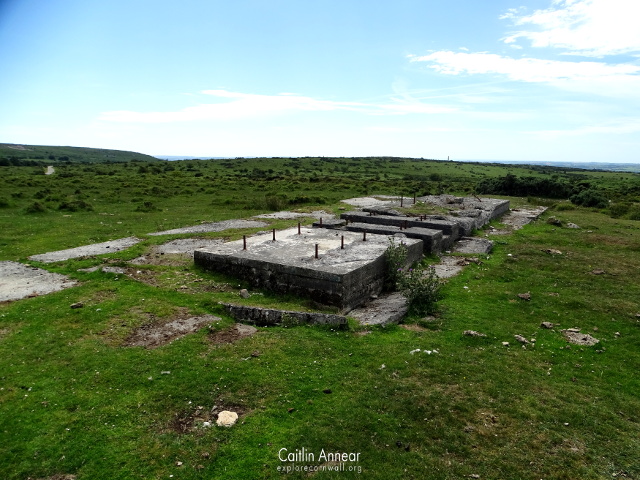
It’s next and final endeavour was in 1942 when the Canadian Royal Engineers moved in for a year to search for tin and/or wolfram, deepening the previous shaft to 40m and erecting a headgear. No ore of any kind was produced despite them spending £25,000.
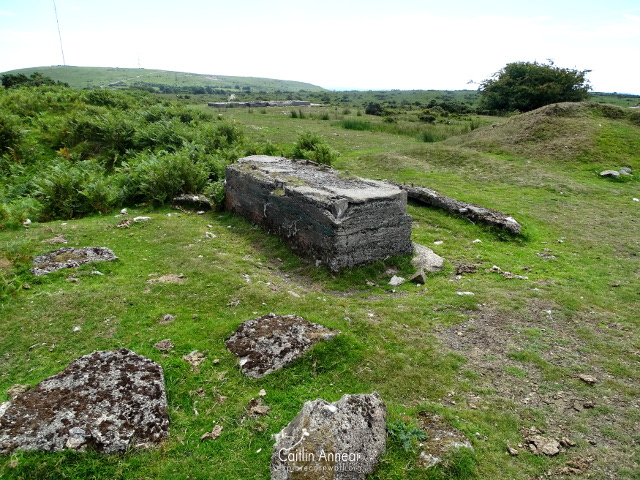
The mine only worked three shafts, those being the latest shaft (40m), Prosper shaft and another unnamed one.
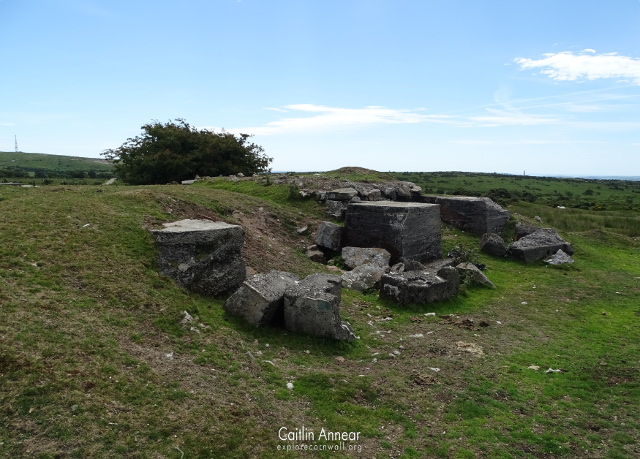
Access is free to anyone who’s walking on Bodmin Moor.
There are two free car parks in Minions.
Acton, B. and Brown, K. (1999) Exploring Cornish Mines: Volume Four. Truro: Landfall Publications.
Dines, H. G. (1956) The metalliferous mining regions of south-west England. British Geological Survey.
Gossip, J. (2003) Minions Survey. Truro. Available at: http://map.cornwall.gov.uk/reports_event_record/2003/2003R007.pdf (Accessed: 15 January 2020).
Hamilton-Jenkin, A. K. (1869) Mines and Miners of Cornwall: XV Calstock, Callington and Launceston. Truro: Truro Bookshop.
Sharpe, A. (1989) The Minions Survey Part 2. Truro. Available at: http://map.cornwall.gov.uk/reports_event_record/1989/1989R019.pdf.
